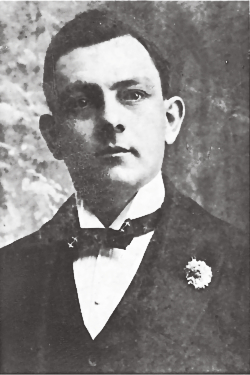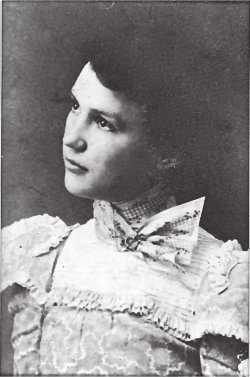The Writing Hat Trick
 Many, many people with whom I‘ve been in contact during my adult life have expressed the desire to write a book. Many of them have been told after several drinks during a highly charged round of chit chat, “You should write a book.” The person receiving such words really feels pumped up until they actually try to start putting words down on a blank page or screen. They perhaps will get a couple of pages written, stop and never pick up on their thoughts again. Then on the other hand they might actually get going but soon run into something called “writer’s block”. This stuns their creativity in its tracks and their objective turns into a “work in progress”—an expression meaning “not going to happen”. All of their good intentions somehow fail to materialize. Their noble venture withers and dies on the vine.
Many, many people with whom I‘ve been in contact during my adult life have expressed the desire to write a book. Many of them have been told after several drinks during a highly charged round of chit chat, “You should write a book.” The person receiving such words really feels pumped up until they actually try to start putting words down on a blank page or screen. They perhaps will get a couple of pages written, stop and never pick up on their thoughts again. Then on the other hand they might actually get going but soon run into something called “writer’s block”. This stuns their creativity in its tracks and their objective turns into a “work in progress”—an expression meaning “not going to happen”. All of their good intentions somehow fail to materialize. Their noble venture withers and dies on the vine.
A lot of people intend to write screenplays but the form and intricacies of the medium stymie them as much or more than writer’s block. I once had a woman send me her screenplay for script doctoring. She had no earthly idea how to write a screenplay. She had no coherence whatsoever because her story idea weighed a ton. She came to me, she said, because she had “writer’s block”. I did eventually work on her screenplay but doctoring on my part meant cutting out the fat on her idea by nearly 85%.
What’s wrong in all these cases? It’s not writer’s block. It’s the old hat trick. My father used to say, “Life is a hat trick. You reach in and pull out an idea and run with it.” He added, “The thinner the idea, the lighter the load.” He meant, of course, that the more specific you are in your plan, the lighter the load.

S. P. Howard
Take the case of my grandparents Lilly Rousseau and S. P. Howard. They led fantastic lives, which could serve as fodder for many books. If you tried to cram it all into one book, you would surely get “writer’s block”. Why? The idea load is too heavy and thus you will soon tire of it.
So, let’s do the old hat trick. Just reach into the writing hat and pull out one incident—that we will call the basic story line—treat it like a singular NOUN (for example, the noun marriage). Then add plot and treat it like a VERB—action via complications. Run with the two and I guarantee you won’t have writer’s block. It will be smooth sailing along your writing route.

Lilly Rousseau
Okay, here’s a specific example from my own writing hat. Instead of reaching into the hat and pulling out the idea of “Recount the lives of Lilly and S. P.”, which weighs a ton, I reach in and pull out the much lighter idea of “How Lilly and S. P. met and married three days later.” With this lean of an idea for a book or a screenplay, I guarantee you won’t run into writer’s block.
Here’s why: You need to be able to tell your basic plot and story line in very few words. Two common methods for doing this are available: (1) A LOGLINE which is about 25 words or (2) A BRIEF SYNOPSIS which is 75 or so words. If you can do either or both of these easily with your project, you are definitely on the right track to doing away with writer’s block.
F or example :
LOGLINE: Young man in 1901 at his bachelor party accidentally meets his soul mate and surprises everyone by marrying her 3 days later.
BRIEF SYNOPSIS: S. P. who lives in San Antonio is going to get married to his business partner’s sister in 1901. His friends take him to Saint Louis for a bachelor’s farewell party. His fiancée tells him to buy her a wedding hat while there. The last day he goes to a fashionable French hat shop and who waits on him but a fabulously beautiful, young French lady by the name of Lilly Rousseau. Three days later they are married.
True story. Here I am, their grandson, writing their hat story for you. It’s the strangeness of life that intrigues us. We can only ferret out these surprises of life if we are specific in our original idea and try not to carry too heavy a load.
So, it’s the old hat trick, both literally and figuratively. Overcome writer’s block before you begin and you do that by making the NOUN and VERB of your project skinny.
Good writing.



